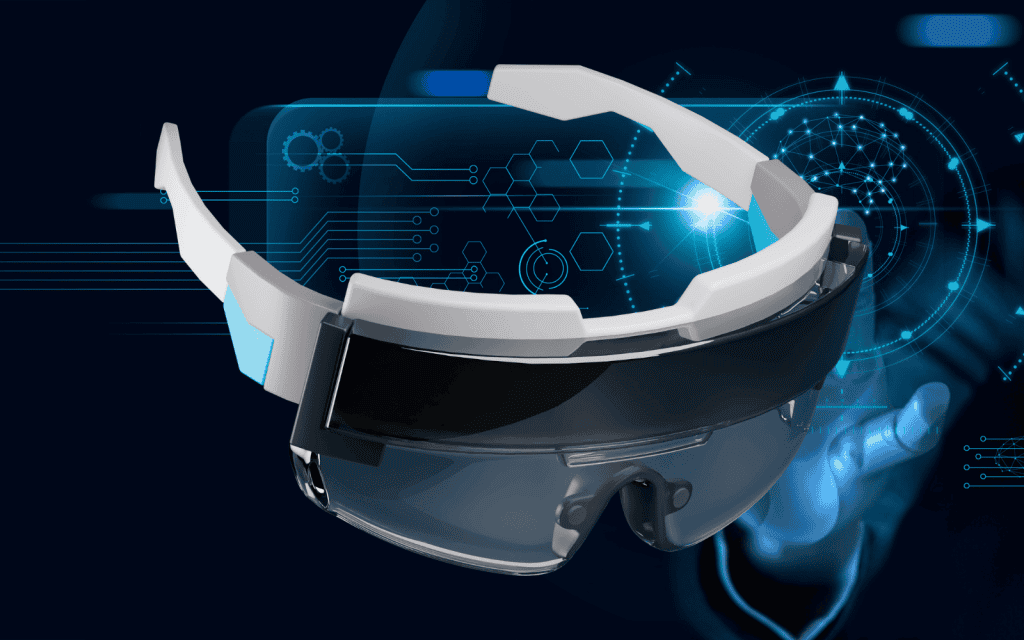Views: 66
A groundbreaking AI-powered wearable system developed by Chinese researchers could dramatically improve how visually impaired individuals navigate their surroundings — and it may even shape the future of robotics.
In a paper published in Nature Machine Intelligence, a consortium of scientists from Fudan University, Shanghai Jiao Tong University, Hong Kong University of Science and Technology, and East China Normal University introduced a “human-centered, multimodal wearable system” that fuses cutting-edge AI, haptic feedback, and wearable vision technology.
🧠 What Is It?
The system combines wearable-mounted cameras, bone-conduction audio, sensory-motor artificial skin worn on the wrists, and smart insoles to deliver real-time environmental feedback. The core idea is simple but revolutionary: translate what wearable-mounted cameras see into audio and tactile cues a blind user can interpret.
“The integration of audio, haptic, and visual input improves navigation and post-navigation tasks for both humans and robots,” the research paper states.
🦾 Robots and Humans, Alike
While designed with the blind in mind, the researchers found that the system also enhanced the performance of humanoid robots in navigation tasks — a fascinating overlap that suggests potential for shared innovation between assistive tech and robotics.
Unlike most navigation aids for the visually impaired, this AI-driven setup doesn’t just beep or vibrate at obstacles. It contextualizes the world — turning visual data into something humans can understand and act on, in real time.
🧩 Why It Matters
Wearable technology for the blind has long been a focus for global innovation. But few projects offer the multimodal, AI-enhanced responsiveness of this one. What sets it apart?
-
🔍 Real-time visual interpretation
-
🎧 Discreet bone-conduction audio feedback
-
🖐️ Tactile feedback via artificial skin
-
🧠 Improved spatial awareness in both real and virtual environments
The system reflects a crucial philosophical shift in design: helping humans interpret the world the way machines do — rather than the other way around.
👀 What’s Next?
Though it’s unclear whether the smart insoles will be part of the final consumer-facing package, the research demonstrates how AI-driven multisensory input systems could revolutionize accessibility.
If refined and made widely available, this tech could become a wearable guide dog for the 21st century — blending cutting-edge robotics with deeply human-centered design.

